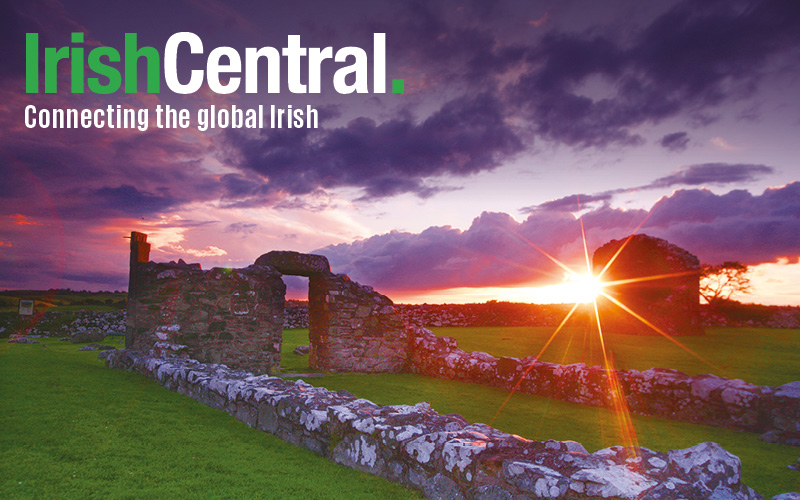Findmypast is working in partnership with IrishCentral to share fascinating insights into your Irish ancestors. Click here to get a special half price subscription, and discover your Irish roots today.
Up until the outbreak of the Great Famine in 1845, Britain was the principal receiver of Irish migrants. Although this trend began to shift as the Famine took hold, as more and more migrants boarded ships for Canada and the United States, Britain still managed to account for one quarter of the total migrant population. As late as 1901, there was still nearly twice as many Irish-born in Britain as there was in Canada, Australia, and New Zealand combined.
This enthusiasm for moving across the Irish Sea was not matched by our British cousins and by the mid-Victorian period the difference was twelve-fold i.e. for every twelve Irish making the journey to Britain, just one British person emigrated to Ireland.
The vast numbers of Irish travelling to Britain in the pre-famine period worked in the burgeoning industrial centres, particularly textiles, coal-mining and iron foundries. Concentrations of Irish emigrants were also found in port towns such as Liverpool (where in 1851 Irish born made up over 20% of the city’s population). This was a migration of skilled labourers, meeting local labour demand and built on centuries of mutual trade. It was only during the famine, and post-famine years that waves of unskilled labourers flocked to the urban centres of Britain in search of whatever work might be available.
The table below complied from the censuses of England, Wales and Scotland shows the significant percentage of those living in Britain who worn born in Ireland:
Migrants were often transitory, following work across the country. Those of us searching for our migratory ancestors need to keep this in mind, as family members may not always be found where we ‘know’ they settled. Many can be found living in lodging houses run by fellow-Irish before settling into more permanent homes, moving on to other parts of Britain or the United States, or in some cases, moving back to Ireland.
If you happen to be one of the hundreds of thousands of Irish people out there with ancestors divided between both Ireland and Britain it’s never been a better time to start researching your family tree with millions of records from both countries available on Findmypast.
References
Fitzpatrick, D (1986) “A Peculiar Tramping People”: the Irish in Britain, 1801-70, in W.E. Vaughan A New History of Ireland, vol. 5: Ireland Under the Union part 1
Macgraild, D.M. (2006) “The Irish in Britain 1800-1914″, Studies in Irish Economic and Social History,
For more stories on tracing your Irish heritage from Findmypast click here.




Comments